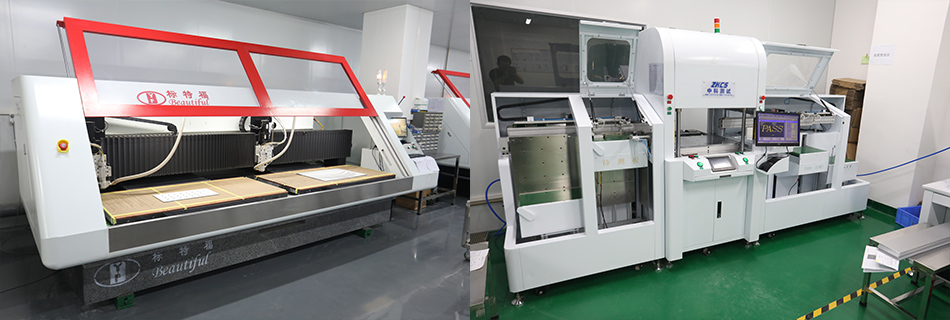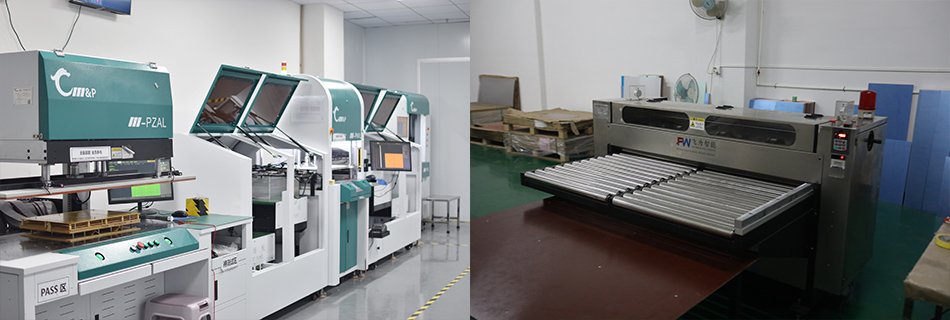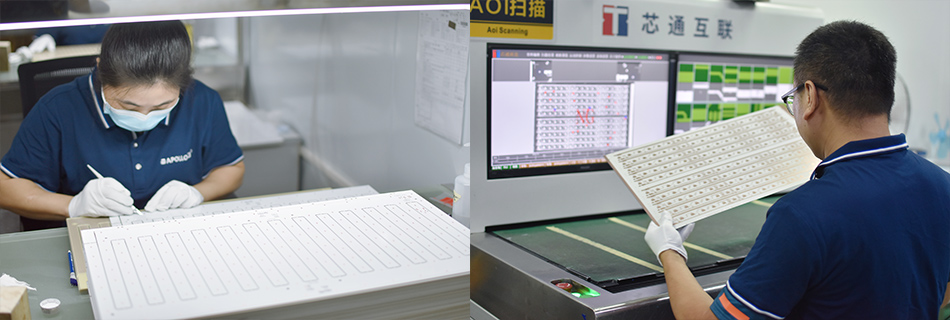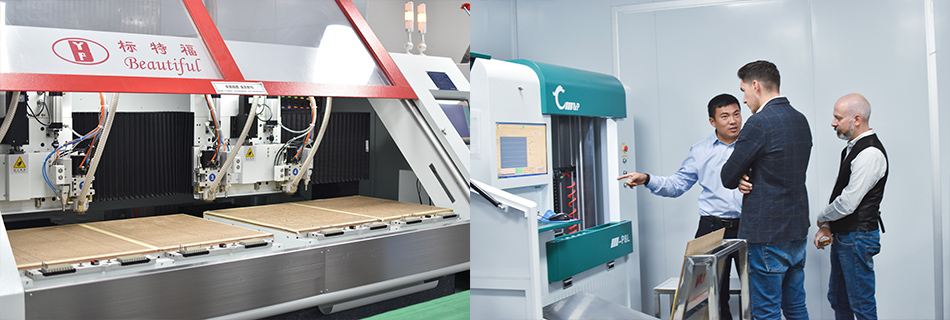-
- PCB TYPE
- PRINTED CIRCUIT BOARD PROTOTYPE ALUMINUM PRINTED CIRCUIT BOARD R&F PCB FPC HIGH FREQUENCY PCB HIGH-TG PCB HEAVY COPPER PCB HDI PCB PCB FOR LIGHTING METAL CORE PCB
time:Oct 08. 2025, 17:15:10
Discover the benefits of HTCC high layer ceramic substrates in electronics, offering superior thermal stability and mechanical strength for advanced applications.
In the world of electronics, the demand for smaller, faster, and more efficient devices continues to grow. This need has led to the development of various materials and technologies designed to meet these increasing requirements. One such advancement is the High-Temperature Co-fired Ceramic (HTCC) high layer ceramic substrate. This article will explore what HTCC substrates are, how they are manufactured, and their applications in modern electronics.
HTCC, or High-Temperature Co-fired Ceramic, is a type of advanced ceramic that is widely used in the electronics industry. It is a multilayer ceramic substrate that is capable of withstanding high temperatures and harsh environments. The term "high layer" refers to its ability to have multiple layers of circuitry embedded within the ceramic material. This allows for increased functionality and compactness in electronic devices.
HTCC substrates are known for their excellent thermal and electrical properties. They can operate at high temperatures, often exceeding 1000°C, without degrading. This makes them ideal for applications where heat dissipation is critical. Additionally, HTCC substrates offer good mechanical strength and are resistant to chemical corrosion, making them suitable for use in harsh environments.

The production of HTCC substrates involves several steps, each critical to achieving the desired properties and performance.
The process begins with the selection of high-quality ceramic powders, typically alumina (Al2O3), which is known for its excellent thermal conductivity and electrical insulation properties. These powders are mixed with organic binders and plasticizers to form a slurry, which is then cast into thin sheets.
The next step involves layering and patterning. Each ceramic sheet is printed with conductive paste, usually made of materials like tungsten or molybdenum, to form the required circuit patterns. These printed sheets are then stacked together, aligned precisely, and laminated to form a single multilayer structure.
The laminated structure is subjected to a high-temperature co-firing process, where it is heated in a controlled atmosphere. This process removes the organic binders and sinters the ceramic and metal layers together, resulting in a dense, solid substrate with embedded circuitry.
After co-firing, the HTCC substrate may undergo additional processing, such as surface grinding or metallization, to achieve the desired thickness and surface finish. This ensures the substrate is ready for component mounting and assembly.

The unique properties of HTCC substrates make them suitable for a wide range of applications in various industries.
In the automotive sector, HTCC substrates are used in engine control units, sensors, and ignition systems. Their ability to withstand high temperatures and harsh conditions makes them ideal for use in vehicles where reliability is paramount.
In telecommunications, HTCC substrates are used in RF modules and microwave components. Their excellent thermal management capabilities help to maintain the performance of high-frequency devices.
HTCC substrates are also used in medical devices, particularly in implantable devices such as pacemakers. The biocompatibility and durability of ceramics make them suitable for long-term use in the human body.
In aerospace and defense applications, HTCC substrates are used in avionics and radar systems. Their robustness and ability to function in extreme environments make them valuable components in critical systems.

HTCC substrates offer several advantages over other types of substrates, such as Low-Temperature Co-fired Ceramics (LTCC) and traditional printed circuit boards (PCBs).
One of the primary advantages of HTCC substrates is their high thermal stability. They can operate at temperatures that would cause other materials to fail, making them ideal for high-power and high-frequency applications.
The ability to embed multiple layers of circuitry within the ceramic substrate allows for more compact and lightweight designs. This is particularly important in applications where space and weight are limited.
HTCC substrates offer superior mechanical strength and resistance to chemical corrosion. This makes them suitable for use in harsh environments, such as automotive and industrial applications.

While HTCC substrates offer many benefits, there are also challenges and considerations to keep in mind.
The manufacturing process for HTCC substrates is more complex and costly compared to traditional PCBs. This can make them less economical for applications where cost is a primary concern.
The design and production of HTCC substrates require specialized knowledge and expertise. The multilayer structure and high-temperature processing can complicate the design process.
While alumina is the most commonly used material for HTCC substrates, it may not be suitable for all applications. Other materials, such as aluminum nitride, may be required for specific performance characteristics, adding to the complexity and cost.
HTCC high layer ceramic substrates represent a significant advancement in ceramic manufacturing and advanced ceramics. Their ability to withstand high temperatures, combined with their excellent thermal and mechanical properties, make them ideal for a wide range of applications in demanding environments. While there are challenges to consider, the benefits of HTCC substrates make them an attractive option for industries seeking reliable and efficient electronic solutions.
As technology continues to evolve, the demand for advanced materials like HTCC substrates will likely grow, driving further innovation and development in the field of ceramic manufacturing.

Got project ready to assembly? Contact us: info@apollopcb.com



We're not around but we still want to hear from you! Leave us a note:

Leave Message to APOLLOPCB
